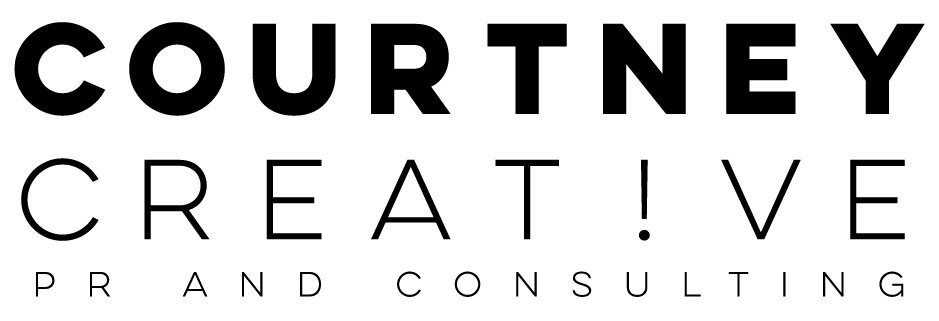Q&A With Ceylon Skincare Founder, Patrick Boateng
I first discovered Ceylon Skincare a little over a year ago while scrolling through Instagram and was immediately drawn to this new brand that hailed itself as the first skincare brand developed specifically for men of color. I consider myself a skincare addict and while I hadn’t really changed my strict regimen in the last 5 years or so, I was intrigued and wanted to give Ceylon a try.
A year later and Ceylon has found it’s way into my array of skincare options and I’ve developed a really great relationship with the brand. I recently spoke with Founder, Patrick Boateng in an IG Live Q&A with MOBI and finally got the chance to ask all of the skincare questions I had been dying to ask and also how Ceylon meets the needs of men of color.
Read a few of my favorite moments from our Q&A below and you can watch the full interview on YouTube below!
Ceylon Skincare Founder, Patrick Boateng II
What are some unique issues that our skin has that Ceylon provides?
There’s a whole host of things. I don’t think people realize that if you have more pigmented skin you’re more susceptible to acne, inflammation, scarring…these are things that happen because of how our skin is and it’s not something that’s really talked about. A lot of the treatments out there…the way they look at it is like, “ok, if you get acne, we’re going to treat the acne from the surface. If you get scarring, we’re going to bleach it out.” So, these are issues that we face. We’re very susceptible to issues around inflammation – the way that our skin reacts once something happens. Building a product that actually functions well for us is really less about saying, “I see you have these dark spots. I’m going to bleach them out to get them back, but preventing them from happening. That’s how we approach the process.” As you’ve seen; you’re big into skincare – it’s like after everything has happened…after you have these little dots and these little scars, we’re going to go and use a product. So, it’s about how are we going to build a product for guys like us that takes us into the zone of preventative care?
What would you want to speak to when it comes to entrepreneurship and starting a business as a Black business owner. What did that look like for you?
Creating this business was the idea of doing something that’s exceptionally difficult in the scientific space and healthcare space, but also an exercise in brand and design, but also building a culture around the product that would be really great to see. In terms of building the business, I think it’s similar to what a lot of people talk about when building a business. You have to have a lot of perseverance. I got told “no” a million times when I told people about the idea. I went to a trade show to go find a manufacturer and every single person at that trade show laughed in my face. The idea wasn’t that they were right, but it was, ok…these are the people you don’t need to work with. There are people who will believe in you and help you build this vision, but it won’t be easy to identify who these people are and who these people aren’t without actually putting yourself out there. So, that was incredibly challenging. The other thing is, when you are a Black business owner, it’s obviously more challenging to have access to things like capital and other resources that other entrepreneurs may have, but I also think at the same time that there are a lot of people who have come before you that have built successful businesses.
What’s your biggest challenge been so far?
I think it’s figuring out what’s next for the company. You obviously have your challenges of actually going and making the thing and taking it to market and selling it, but strategically the biggest challenge is deciding what’s next. Where do you go from here? Once you are actually selling a product, how do you go and how do you build something that continues to serve the community that you want to elevate here, but continues to further the mission of what we’re doing? Is it more content; more media? Is it doing more product, more advertising, more partnerships? What’s the right way to continue to build? And I think for us that’s something that continues to be a challenge, but as we continue to ask that question, it becomes more exciting because it takes us to more creative spaces and allows us to be better than what we are today.


